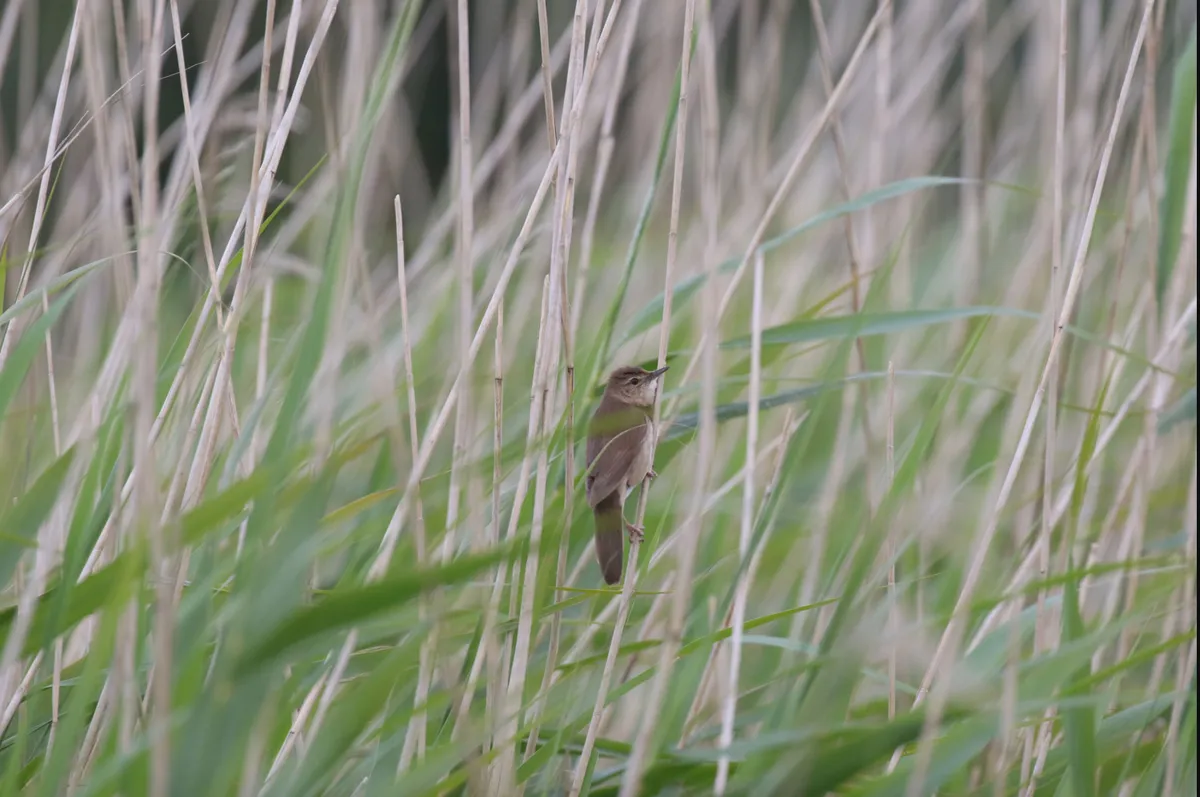The Savi’s warblers, which are extremely rare in Wales, were found nesting on the RSPB Cors Ddyga nature reserve in Anglesey. The sighting follows 25 years of wetland restoration.
Savi’s warblers are a bird species known for their long, buzzing trill that carries across reed beds. The birds are on the very edge of their range in the UK, meaning they are extremely rare. There are, on average, just four spotted per year, with the last confirmed nesting taking place in Sussex during 2010.
Although eight previous recorded sightings have been made in Anglesey, the warblers are still extremely hard to spot and most records are of the singing males that stay for just a few days, rather than staying to breed and nest.
The first sighting of the breeding pair was in June 2019, when a warden spotted a lone male Savi’s warbler.
Volunteers have since kept a close watch and soon a second bird was found a month later, acting with behaviour that confirmed the birds were breeding.

With their muted brown-grey feathers, it's often only their song that provides a clue to their whereabouts.

RSPB Cors Ddyga Site Manager, Ian Hawkins, said: “We’re absolutely thrilled to confirm that the first pair of Savi’s warblers are nesting here on the reserve. It goes to show that all the work we’ve put in to restore the wetland habitats has paid off and it’s safe to say that Cors Ddyga is a nationally important place for nature.
"Let’s hope our work will attract new species as their breeding ranges move northwards and westwards in response to climate change.”
